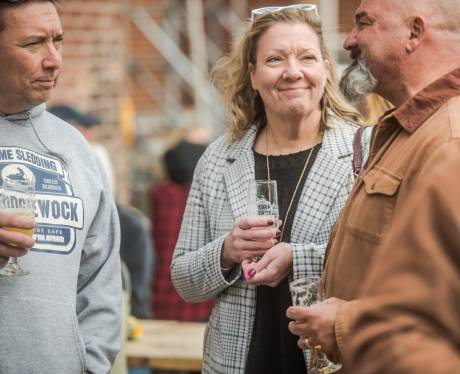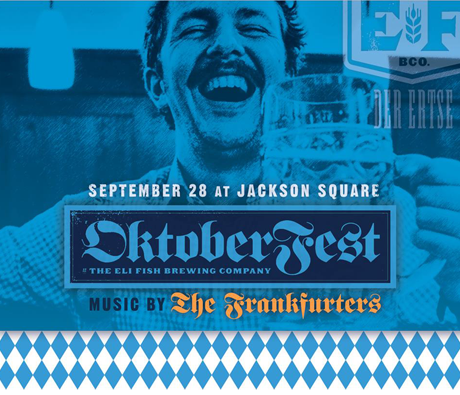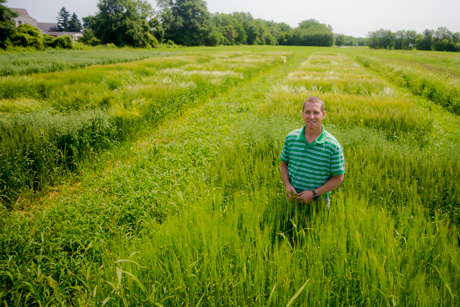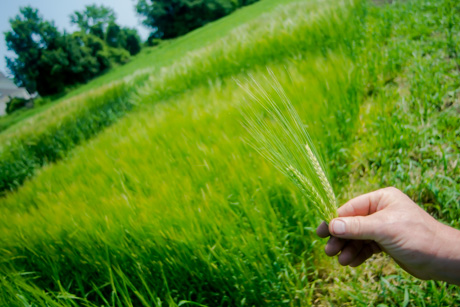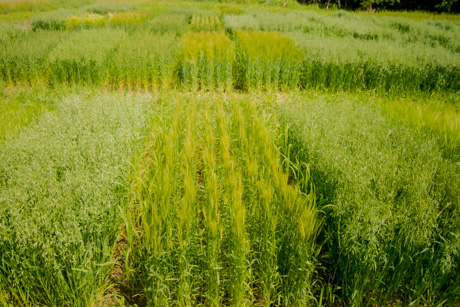You can't brew beer without malt, which is something Ted Hawley thinks legislators forgot about when they passed a farm brewing bill last year that will eventually require ales and lagers labeled "New York Beer" to contain 90 percent locally grown ingredients.
"They just thought they could grow barley in New York," Hawley said. "They didn't know there was another step, which is malting. It has to be malted before you use it in a brew. So it was kind of interesting that they put this huge amount of effort into requiring 90 percent ingredients from New York, but there's no way it can be produced with 90 percent ingredients."
The timing of the bill was fortuitous for Ted and Patricia Hawley, who started planning a year earlier to open a malt house on their farm off Bank Street Road, Batavia.
It will be the only malt house in New York, though the Hawleys are sure others are coming with anticipation of a craft brew boom in the state thanks to the new rules.
The farm beer license created by the bill is modeled after the winery license, which requires local ingredients and allows for tastings, on-site sales, bigger production runs and statewide distribution.
The Hawleys, like the bill's supporters, envision beer trails -- like wine trails -- and a new branch of agri-tourism throughout Central and Western New York, with hopefully the Hawley's malt house, and Batavia, right on the map.
The Hawleys are never afraid to dream big, and asked about the future of craft beer in Batavia, Patty shared a vision of microbreweries being drawn to the area.
"If you look at the larger picture, it would be really great if we could encourage microbrewers to come in, who are largely young, to set down roots, raise their families here, to change the landscape of what Genesee County looks like," Patty said. "It would be very cool to bring in that demographic, who then attract others with that whole artisanal mindset."
The Hawleys have no immediate plans to brew beers themselves, though they imagine selling beer right on their farm that's created by other microbrewers using Hawley malts.
It's almost a matter of coincidence that the Hawleys came into the malting business.
Living local is important to the Hawleys and they also have a strong interest in organic products (Patty Hawley owns Fountain of Youth Organics in Brockport), so two years ago, Ted went to a conference to learn more about growing organic grains for commercial bakeries.
"We were thinking that we were going to grow some organic grains on a little bit of land that we have for the baking industry, which is another kind of booming initiative," Patty said. "At this conference, there was one brief mention, like a sentence or two, if there were any entrepreneurs out there, malt is needed and there are no malt houses. Initially we weren't thinking in that direction."
Ted started researching the idea and saw it as a great opportunity for a new business venture even before the farm bill passed.
Since then, he's been learning everything he can about malting and grains, attending conferences, taking workshops, going to seminars.
"About 100 yeas ago, New York State used to be the largest producer of barley, the largest producer of malt, the largest producer of hops in the whole country," Ted said. "Some fungus came in and kind of knocked it down a little because of the farming practices and repetitive planting and (the state) never recovered after Prohibition."
Hawley just returned from the Canadian Malting Barley Technical Center, where he found himself sitting next to representatives from the largest breweries in the world.
The center, he said, can create any kind of climate in the world. They grow many varieties of barely in different conditions and then malt the barley in small batches and brew beer to test the results.
Not all barley types grow equally well in all climates and since malt varieties of barley haven't been grown in New York in nearly 100 years, Hawley is on a search to find the best barley varieties to grow in Genesee County.
To get their malting operation off the ground, the Hawleys are growing barley on 43 acres in Byron (top photo) and planted a variety that is used commonly for malting. But Ted also has a field in Le Roy where he's growing 23 varieties of barley in cooperation with researchers from Cornell.
"A variety you grow out in the Midwest is not going to grow the same here," Ted said. "We've got to see what grows here and thrives and keeps the proteins down and the enzymes up, which is different than feed-grade barley, which is protein high, enzymes low, and that's what's been planted here the last 100 years."
The Hawley malt house will produce a variety of artisanal malts based on the varieties of barley and other grains they find grow best in Genesee County.
Already, some 50 brewers have expressed an interest in Hawley malts, from some larger craft brewers to guys still brewing private stock in a garage, Ted said.
The passage of the bill also created another opportunity for the Hawleys. They were able to apply for and receive a $117,000 state grant, which allowed them to immediately double the size of their operation.
Eventually, Ted believes the Hawley house will produce 150 tons of malt a year, but he's starting out small -- 1,000 pounds a week (the 43 acres in Byron will yield 43 to 50 tons of malt).
"This is all new, so I need to feel comfortable doing this," Ted said. "It's quite an intricate process."
There is no limit to the kinds of recipes brewers can dream up for beer and the Hawleys think that creative opportunity will help fuel a craft beer boom in New York and that brewers are ready for locally produced malts unique to New York.
"This craft brewing industry is phenomenal," Ted said. "There's no rules. I mean, there could be up to 30 ingredients in brews, from nuts and berries to honey, to apples. There's no rules and there are some great craft brews that are being processed right now in people's garages. This farm brewing bill will offer them an opportunity to open up larger and sell their brews."

